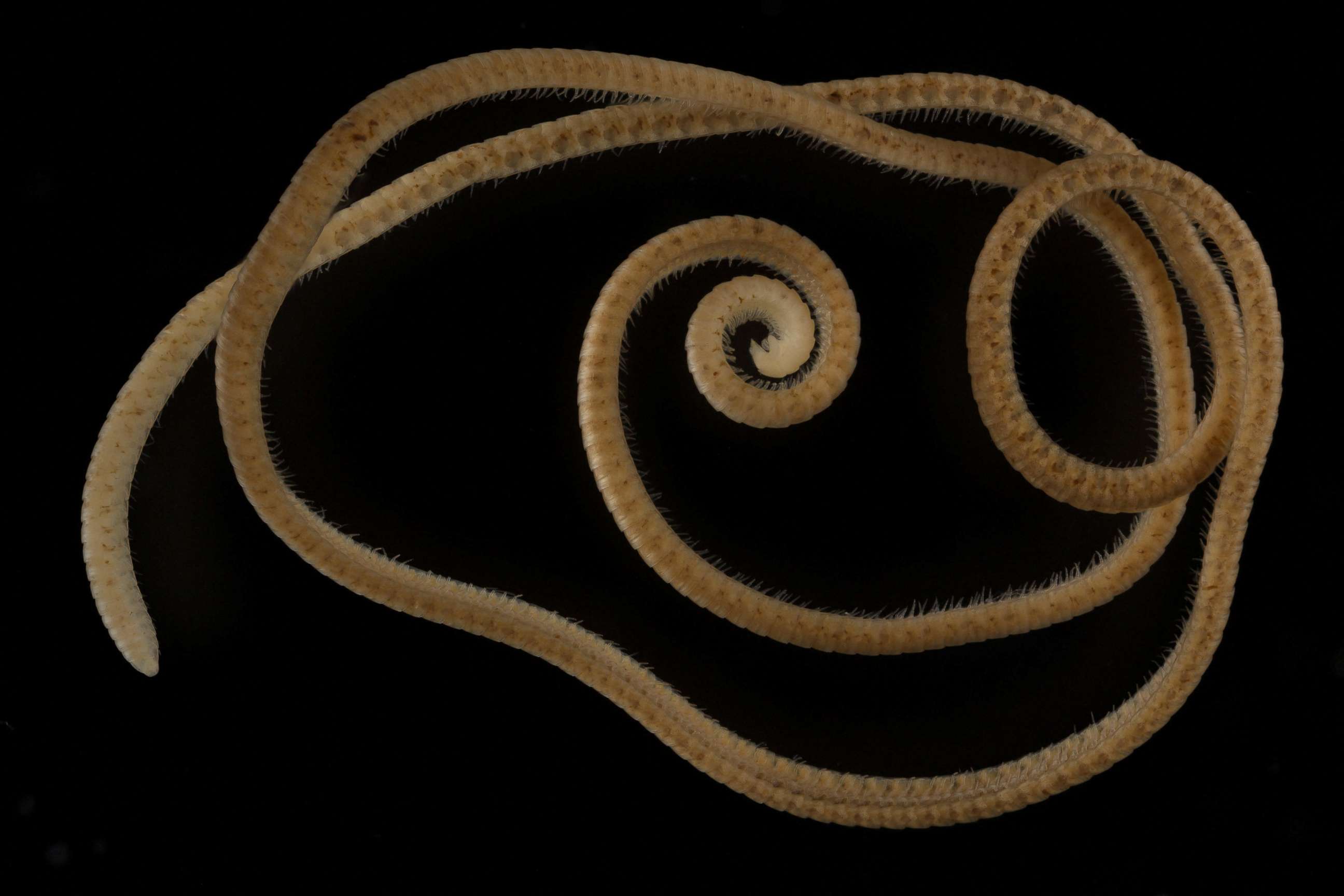You'll never guess how many legs this millipede actually has
A new species has 1,306 legs, the most of any creature on Earth.
This is an Inside Science story.
Millipede means "a thousand feet" in Latin. However, until now, the most legs any millipede was known to have was 750 with Illacme plenipes from California.
"This new millipede with 1,306 legs nearly doubles the number of legs of the previous record-holder," said study lead author Paul Marek, an entomologist at Virginia Tech in Blacksburg.
In 2020, evolutionary biologist Bruno Buzatto at Macquarie University in Sydney and his colleagues discovered the new record-setting millipede 60 meters underground in a 150-millimeter-wide drill hole originally bored for mineral prospecting in southwestern Australia's Goldfields region. They regularly get called in to inspect the potential impact that mining could have on any local fauna, and "over the past decade or so discovered many new invertebrate species in this fascinating underground setting," Marek said.

The long slim pale bodies of the new species consist of up to 330 segments and are up to 95.7 millimeters long and 0.95 millimeters wide. The scientists named the new species Eumillipes persephone, from the Greek word "eu" for true, the Latin words "mille" and "pes" for "thousand" and "foot," and the Greek goddess of the underworld, Persephone.
E. persephone possesses an eyeless cone-shaped beaked head with enormous antennae to help it navigate underground. Based on what previous research found on related species, this millipede may stick its beak into fungi to slurp up their innards. Its beak may also help the millipede burrow "because its wedge shape is ideal for probing thin crevices through which it can crawl," Marek said.
Despite the outward similarities between E. persephone and I. plenipes, DNA analysis suggested they are only distant relatives. The scientists noted that large numbers of segments and legs may have evolved in both species to help them push through narrow openings in the soil in which they live.
Among the earliest animals to breathe atmospheric oxygen and with some extinct species that grew up to 2 meters in length, millipedes have lived on this planet for more than 400 million years. The researchers suggested E. persephone's ancestors may have originated on the surface during cooler, moister times and sought refuge underground when conditions became hotter and drier.
This unexpected discovery hints at more species yet to be found underground. "We are surrounded by biodiversity that we know so little about," Marek said.
The scientists detailed their findings online Dec. 16 in the journal Scientific Reports.
Inside Science is an editorially independent nonprofit print, electronic and video journalism news service owned and operated by the American Institute of Physics.






